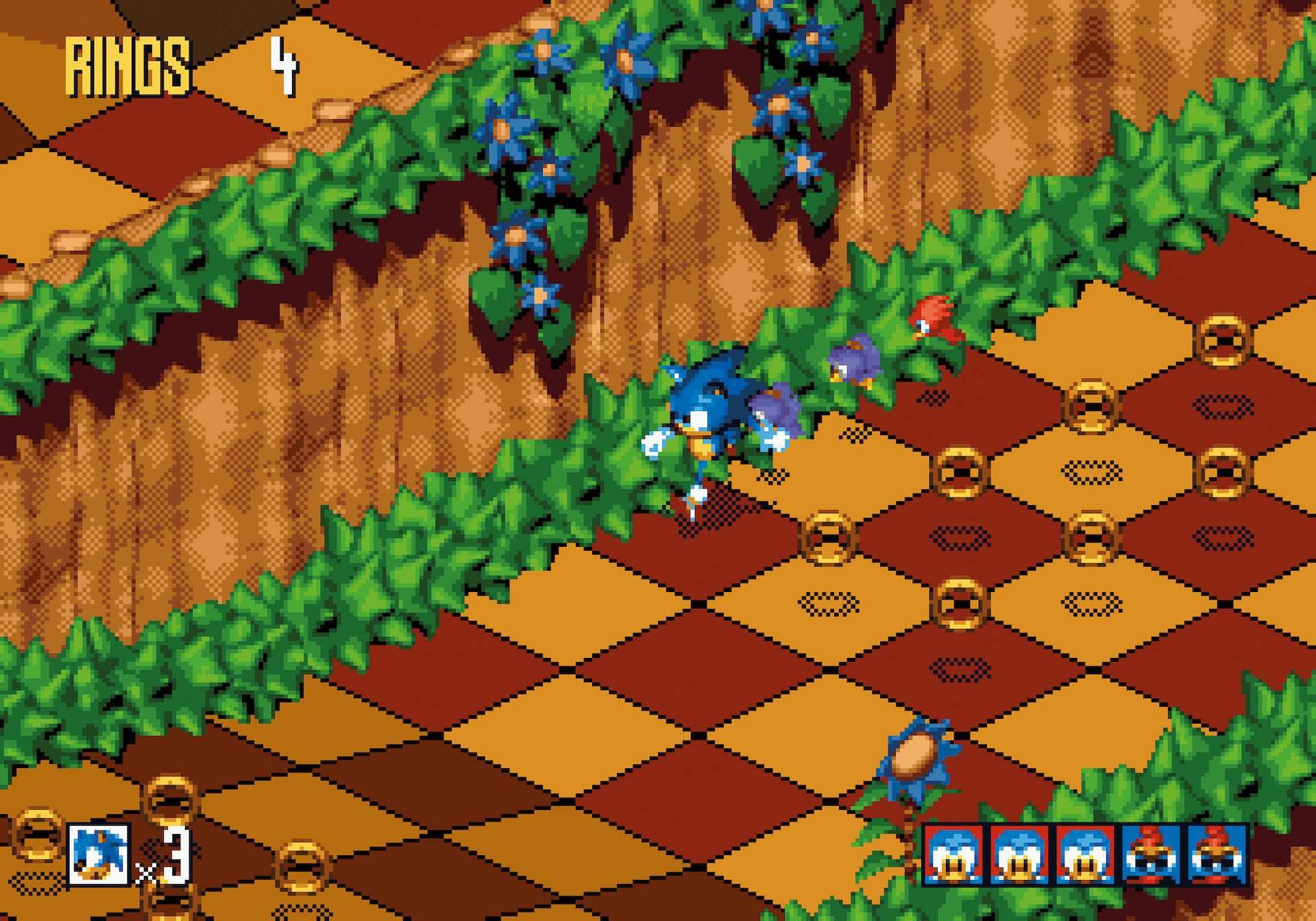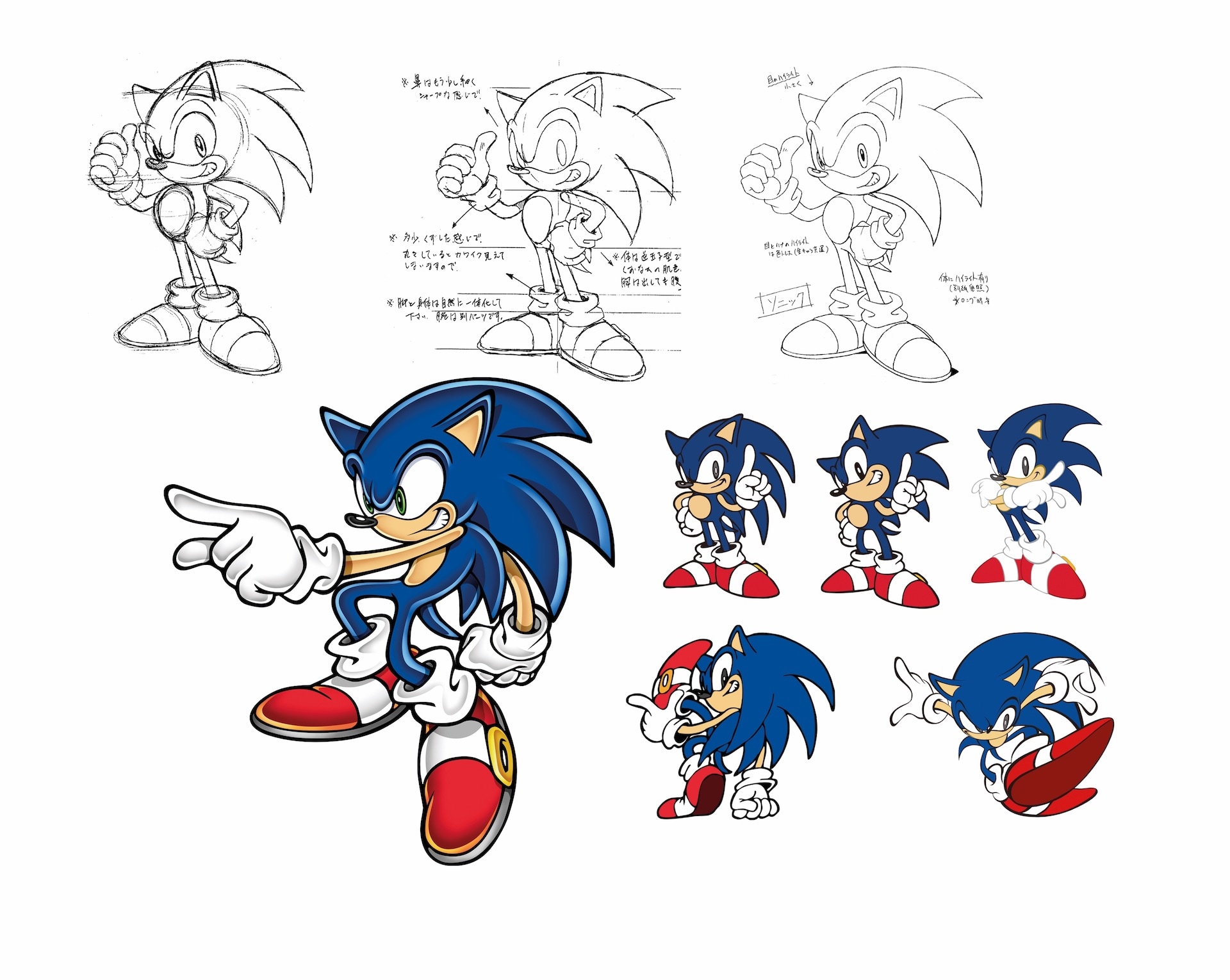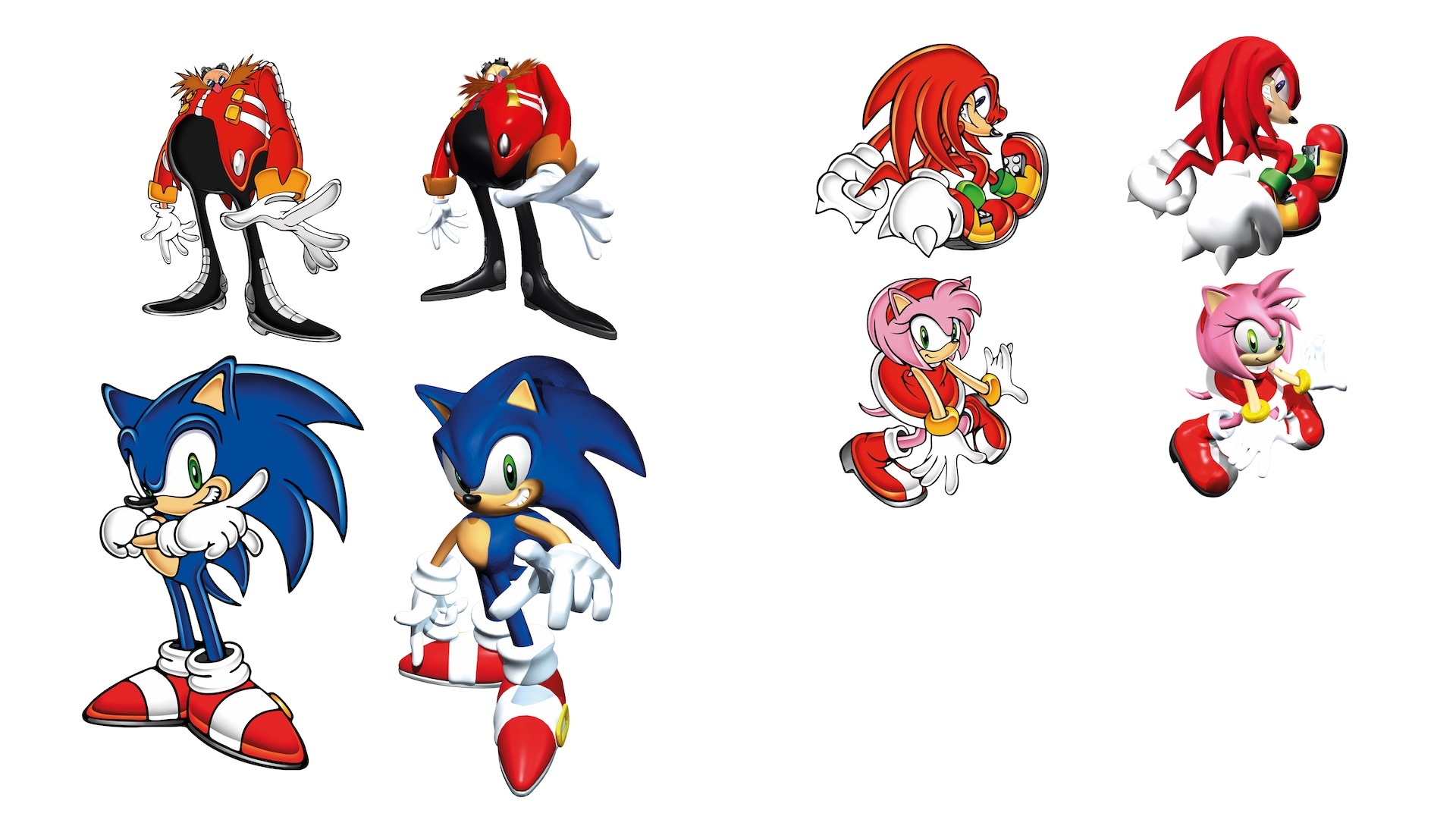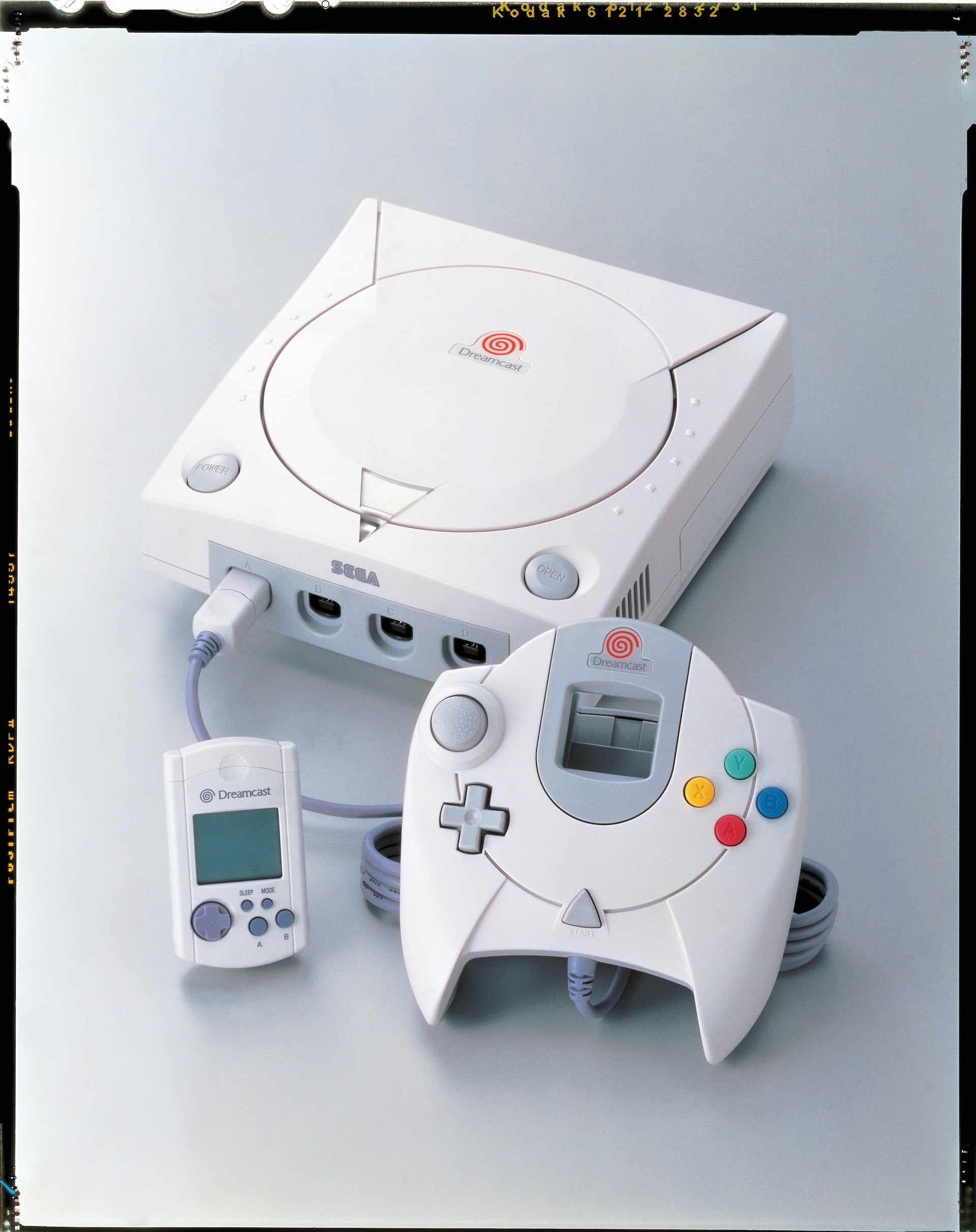This year marks the thirtieth anniversary of Sonic the Hedgehog. Launched June 1991, the blue blur raced to video game stardom, finding fans all over the world who deeply love the cheeky hedgehog and his iconic band of friends and frenemies.
As is the case with every pop culture icon, a successful 30-year run is not something that is achieved easily. As we explain in our encyclopaedic Sonic the Hedgehog art and design book, both the characters and the lineup of games need tons of maintenance, involving thousands of tiny design decisions.
One major leap for Sonic as a games series and a franchise, was the move from 2D to 3D. The technical capabilities of SEGA's Dreamcast console held great promise for 3D video games, but this meant Sonic had to leave his comfortable, pixelated 2D platform world for something else too…
In honor of Sonic's 30th, we present a large excerpt from our Sonic book below, showing how SEGA and Sonic Team dealt with the challenge. Enjoy!
For its new console, Sega decided on a different route. The Dreamcast relied on components that had already found use in personal computers and could be bought ‘off the shelf’, without added development costs or use of exclusive licenses. This approach was reflected in stores: in September 1999, almost a year after its Japanese debut, the Dreamcast launched in the States for $199, half the price of the Saturn.
Sonic Team began work on what would become Sonic Adventure with the Dreamcast’s specifications in mind. Development of the game kicked off with its director Takashi Iizuka exploring new game ideas with Yuji Naka. To them, 3D gaming gave room to the gaming character, in a literal sense. Two-dimensional side views had restricted Sonic to narrow paths that he could not stray from, while 3D allowed him to roam freely. What if Sonic would leave the platform genre, and find himself in a role-playing game?
As is the case with every pop culture icon, a successful 30-year run is not something that is achieved easily. As we explain in our encyclopaedic Sonic the Hedgehog art and design book, both the characters and the lineup of games need tons of maintenance, involving thousands of tiny design decisions.
One major leap for Sonic as a games series and a franchise, was the move from 2D to 3D. The technical capabilities of SEGA's Dreamcast console held great promise for 3D video games, but this meant Sonic had to leave his comfortable, pixelated 2D platform world for something else too…
In honor of Sonic's 30th, we present a large excerpt from our Sonic book below, showing how SEGA and Sonic Team dealt with the challenge. Enjoy!
How SEGA moved Sonic from 2D to 3D
For its new console, Sega decided on a different route. The Dreamcast relied on components that had already found use in personal computers and could be bought ‘off the shelf’, without added development costs or use of exclusive licenses. This approach was reflected in stores: in September 1999, almost a year after its Japanese debut, the Dreamcast launched in the States for $199, half the price of the Saturn.
Sonic Team began work on what would become Sonic Adventure with the Dreamcast’s specifications in mind. Development of the game kicked off with its director Takashi Iizuka exploring new game ideas with Yuji Naka. To them, 3D gaming gave room to the gaming character, in a literal sense. Two-dimensional side views had restricted Sonic to narrow paths that he could not stray from, while 3D allowed him to roam freely. What if Sonic would leave the platform genre, and find himself in a role-playing game?





